What is royal icing? Don’t worry, I’ve got you covered! Read on for what I’d consider the bare bones summary for a foundational understanding of royal icing.
Note this is NOT an in-depth explanation of all things royal icing. This is JUST meant to wet your whistle and give you a big picture understanding of the medium with links to dive deeper if you’re interested!
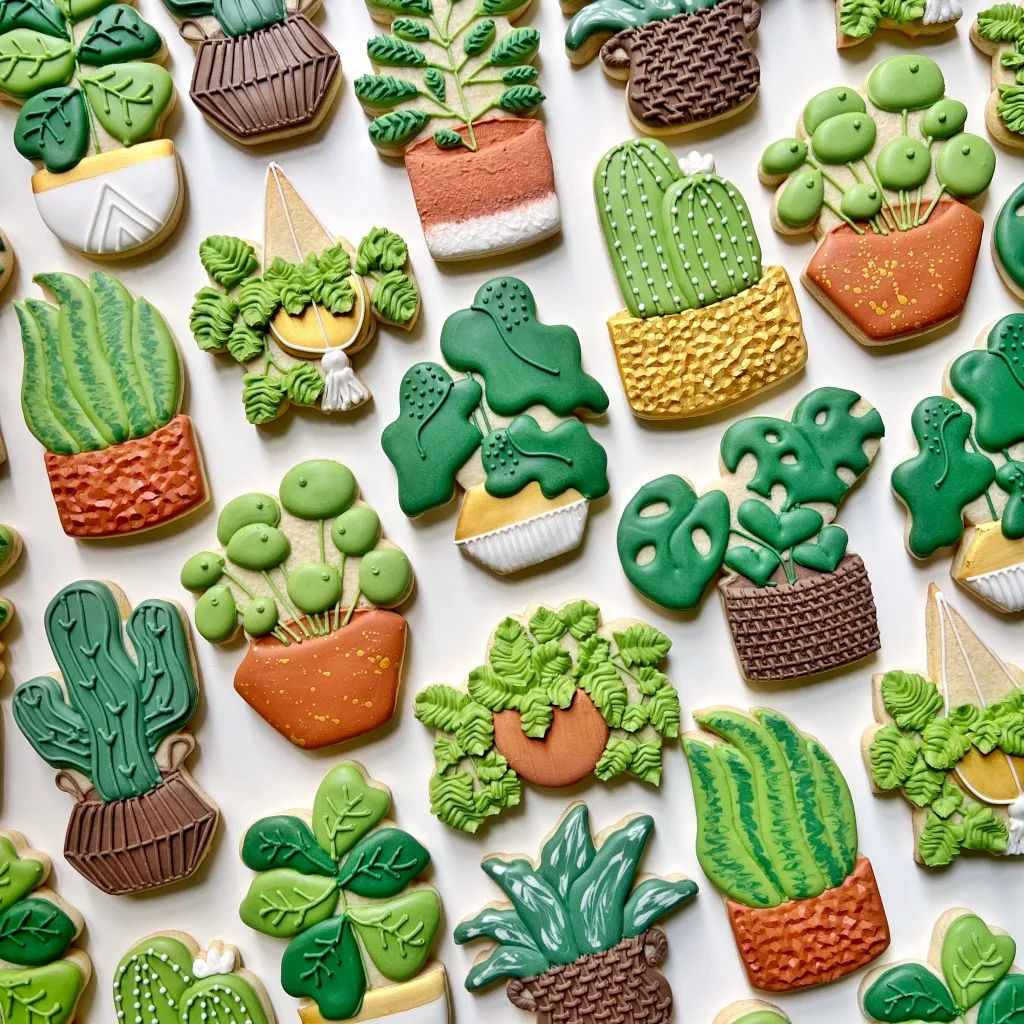
*DISCLOSURE: This post contains affiliate links which means that, at no additional cost to you, I may earn a small commission if you make a purchase from one of my links. I greatly appreciate your support!
Post Directory
(Click on a section to skip to it)
What is Royal Icing: 4 Unique Elements
1) Unique Ingredients
Royal icing is not to be confused with buttercream or glaze: these are entirely different beasts! The key ingredient with (American) buttercream is butter; for glaze it is corn syrup and/or milk; and royal icing is made with some sort of egg white (either meringue powder or egg whites).
All royal icing has the basic combination of meringue powder, water and powdered sugar. Back in the day, royal icing was made with egg whites. You can certainly still do this, however, most have converted to using meringue powder as it’s much more stable.
I always buy Wilton meringue powder.

2) A Variety of Consistencies
The biggest difference (other than ingredients) is consistency. Buttercream and glaze really only have one consistency (buttercream is stiff and glaze is thin), whereas royal icing can do anything from flowers (stiff piping consistency) to a thin/flat surface (flood consistency).

3) Long Dry Time
What is also unique about royal icing is the dry time: it takes about 8 hours to completely dry! It must be left out exposed to air in order to dry (do NOT put your cookies in a Tupperware until your icing is hard to the touch/completely dry).
And note: yes, it is SUPPOSED to dry hard!
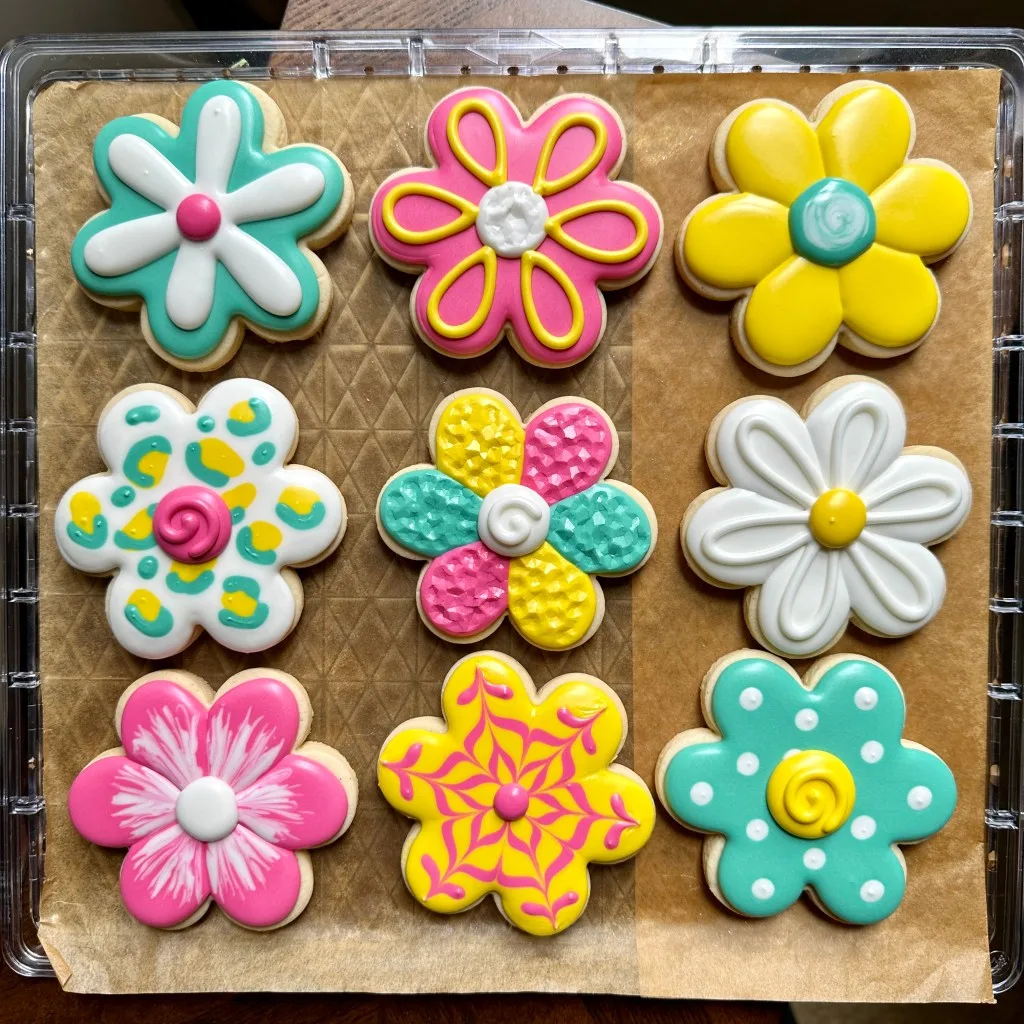
4) A Finicky Medium
Royal icing is a very finicky medium. It is sensitive to your environment (temperature/humidity) and can easily be ill-affected during preparation (i.e. fat getting into the icing, over mixing, etc.).
There are countless ways that your icing can be ruined (and often you don’t even know until you wake up the next morning!)
What is Royal Icing: Recipes 101
There are a variety of royal icing recipes out there, but they all more or less start with the same base: water, powdered sugar and meringue powder.
The standard royal icing recipe is vanilla flavored (flavored with vanilla extract), however there are other recipes flavored with lemon (like mine!) and just about any other extract you can think of.
There is another type of royal icing recipe that has become quite popular and it is referred to as “frankenfrosting” as it is a mix between royal icing and glaze. The key addition here is corn syrup: this gives the icing a slight softness/bite to it rather than the usual hardness it dries to.
Personally, I do my own take on standard royal icing. But I am considering trying adding some corn syrup one day to see how it affects the bite!
Click here if you’d like my royal icing recipe!
What is Royal Icing: Basic Terminology
Below are some basic cookie decorating terms that everyone should know!
COOKIER
This is what we call ourselves! People that bake, are bakers. People that cookie, are cookiers! I also call myself a cookie artist 🙂
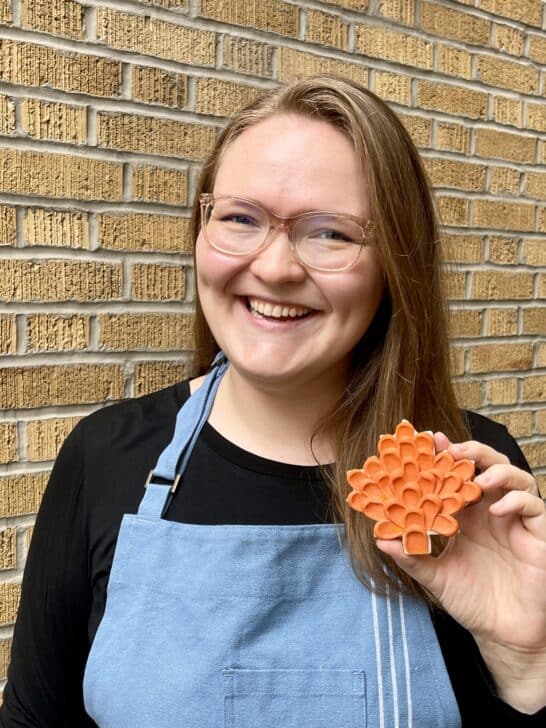
CRUST
This is what happens to the outside of the icing when it starts to dry. It forms a “crust.” Just like a lake: the top of the lake freezes before the inside. Same goes for royal icing!


SETTLE
This is what happens when the flood icing becomes totally flat. It “settles” flat. You’ll often hear me say I used my scribe to help the icing settle, or I jiggled/tapped the cookie to help the icing settle.
Picture below of me mid-settling a flood with my scribe:

SCRIBE
Scribes are the pointy tool that we use to help icing settle and do other decorating techniques. You can certainly buy a fancy scribe, but toothpicks work fine as well! I used toothpicks for years before buying a scribe.
Click here for a great basic scribe option.
Here are some scribes that I always have handy when decorating:
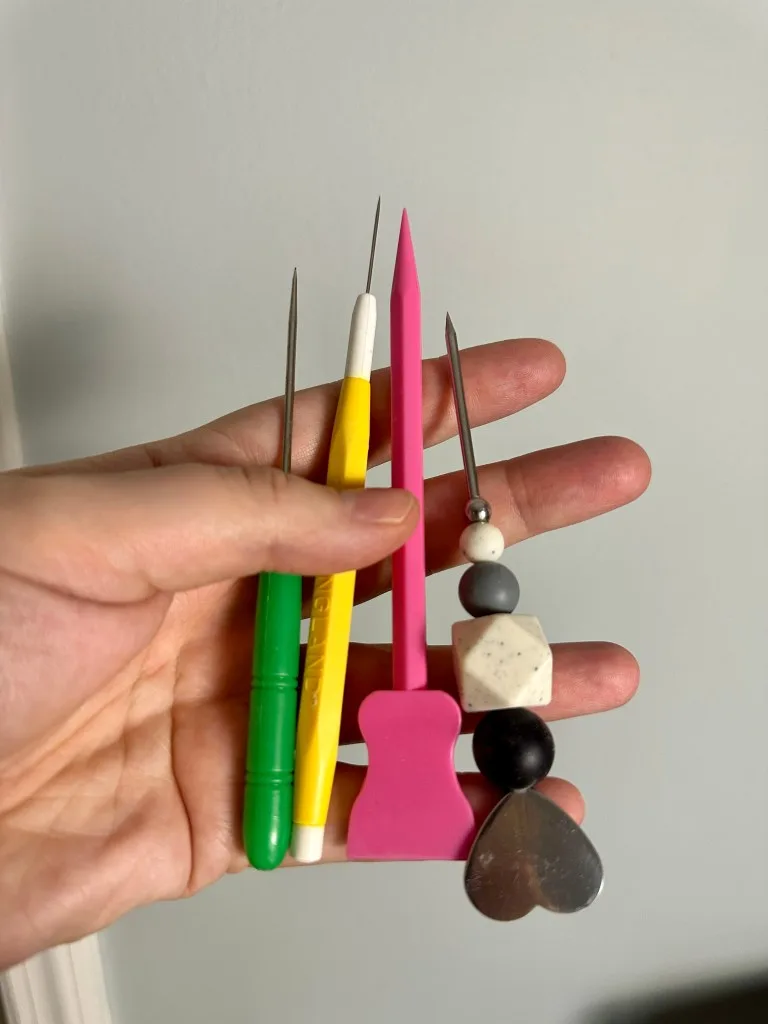
ROLLOUT COOKIES (VS. DROP COOKIES)
Drop cookies are basically anything you see in a circle: they’re your standard chocolate chip cookies, etc. These will have a more uneven surface and tend to be more fragile.
Rollout cookies are the ones that are made into certain shapes and have a very clear definition in the shape. They have an almost flat surface and are much sturdier so they can be handled more easily.
Rollout cookies:

Drop cookies (in this case, peanut butter!):
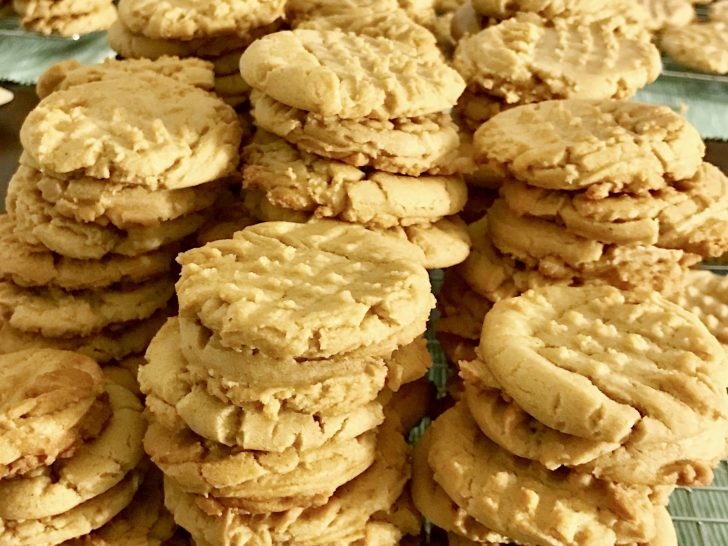
FLOOD VS. PIPING CONSISTENCY
Flood is the thinner consistency that dries totally flat and piping is the thicker consistency that holds its shape (similar to buttercream frosting).
Piping consistency:
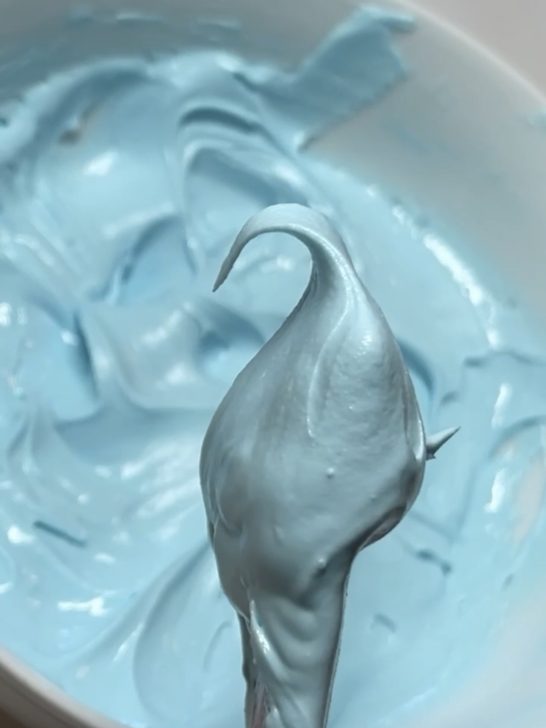
Flood consistency:
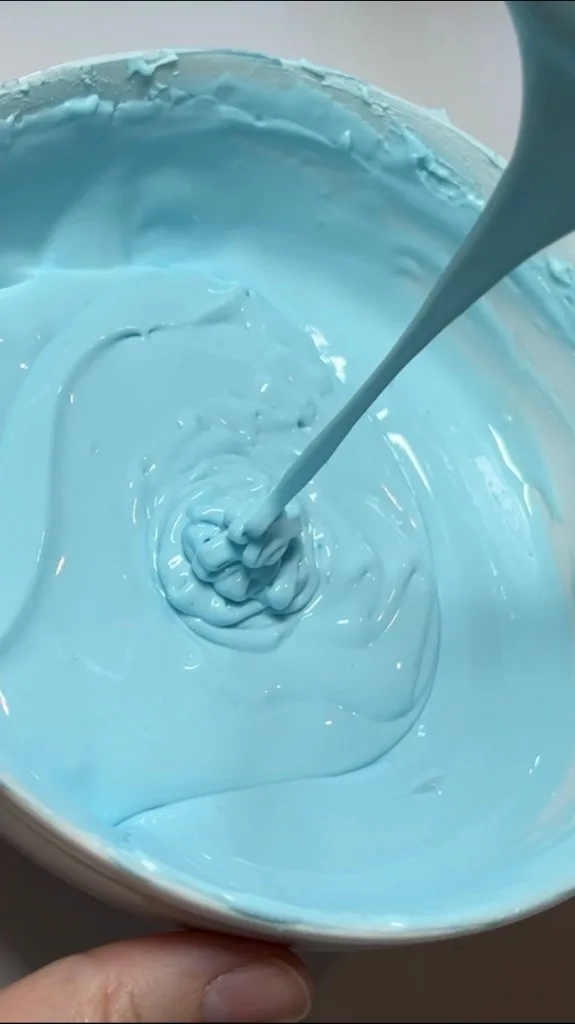
COLOR BLEED
Color bleed is just how it sounds: one color bleeds into the next after the icing dries. Not ideal!

CRATERS
Craters naturally happen with royal icing. It’s when the center of the icing kind of caves in. It’s more pronounced in smaller areas and can even manifest as an actual hole in the icing. You won’t know the icing has cratered until it completely dries!

What is Royal Icing: Additional FAQs
Please note: these FAQs are the most common questions I get from beginners about royal icing, but this is just the tip of the iceberg. *Please see my blog post on my royal icing recipe for MANY more FAQs answered!
Do I have to use meringue powder/an egg product? Can I make royal icing without eggs?
Yes, it can be made without an egg product! But please note that royal icing was originally made with an egg product and the egg plays a critical role in the science of how royal icing behaves. So, no, you can’t just remove the egg product from the recipe and expect it to do the same things 😉
I’ve never personally made an egg-free royal icing, but I know the gist is that you use aquafaba from a can of beans. You can purchase a recipe here (this is from a trusted source).
Does royal icing make your cookies soft?
From my personal experience, my icing does make my cookies soft. But I’m told that’s because of the lemon juice in my royal icing recipe. Apparently, if you use a vanilla recipe it shouldn’t make your cookies softer (although I have no personal experience to confirm that).
What can I flavor royal icing with?
Just about anything! As long as it is oil/fat-free (fat does NOT play well with royal icing). The most common flavorings are: vanilla extract, almond extract, butter emulsion and lemon juice (what I use).
Is it possible to actually make royal icing taste good?
Definitely!!! I personally don’t like the taste of vanilla royal icing, which is why I flavor mine with lemon juice.
If you’re going the extract route (vanilla, almond, etc.), I always recommend adding a pinch of salt to bring out the flavor.
If you don’t like the harder texture, then I recommend checking out the frankenfrosting options I mentioned above. Since I don’t have a recipe you can reference, here is a great option to purchase.
What’s the recipe for each consistency?
There isn’t one! Many people ask me for my flood recipe and my piping consistency recipe, but the thing is there is only *one* recipe.
In short, you make the base recipe to a stiff consistency (I recommend either a stiff peak piping consistency or a medium peak piping consistency) in the mixer. Then, by hand in a separate bowl you color the icing and then thin the recipe with water to the desired consistencies.
Every good royal icing recipe should give you a range of liquid in the base recipe. That’s because royal icing is incredibly sensitive to your environment.
If it’s very hot/humid there is more moisture in the air and you’ll need less liquid in your icing. On the flip side, if it’s very cold/dry there is less moisture in the air and you’ll need to add more liquid to your icing. This can change day to day in the same working space!
Why would I choose royal icing over say a glaze or buttercream?
While I will not deny that a glaze or buttercream is yummier to eat, you just can’t do as much with a glaze or buttercream in terms of designs.
Now before anyone comes at me you CAN do a lot more than meets with the eye with glaze (you can actually pipe with it!) and buttercream (you can use a tool to smooth it out to give a nice flat surface), but there’s no denying that the flexibility and depth of consistencies that you can achieve with royal icing makes it the most versatile decorating medium.
Want to try cookie decorating?
Try out one of my online cookie decorating classes!

Easy Valentine's Day Cookies ~ 12 Easy Heart Cookies - The Graceful Baker
Friday 22nd of March 2024
[…] What Is Royal Icing: A Beginner’s Guide […]
Easy Easter Cookies
Thursday 21st of March 2024
[…] What Is Royal Icing: A Beginner’s Guide […]
Royal Icing Too Thick Or Too Thin? Do This...
Wednesday 31st of January 2024
[…] What Is Royal Icing: A Beginner’s Guide […]
Can You Freeze Decorated Sugar Cookies? How To Store Royal Icing Cookies
Thursday 30th of November 2023
[…] What Is Royal Icing: A Beginner’s Guide […]
Red Royal Icing: How to Make the Best Red Icing
Thursday 13th of July 2023
[…] What Is Royal Icing: A Beginner’s Guide […]